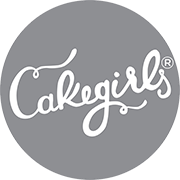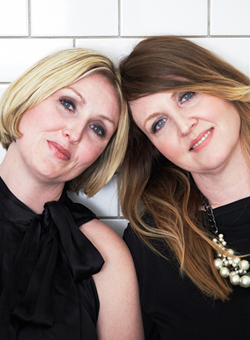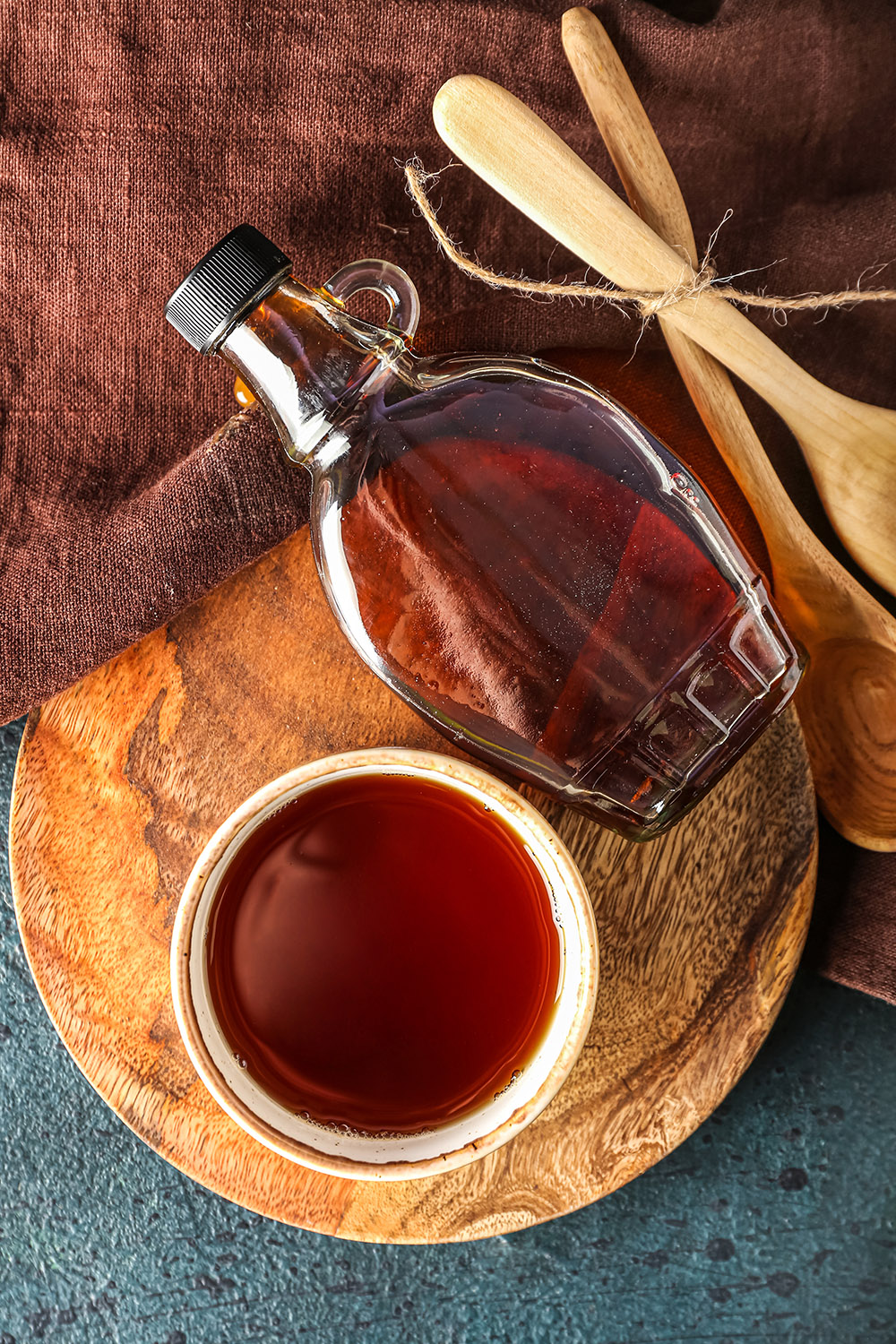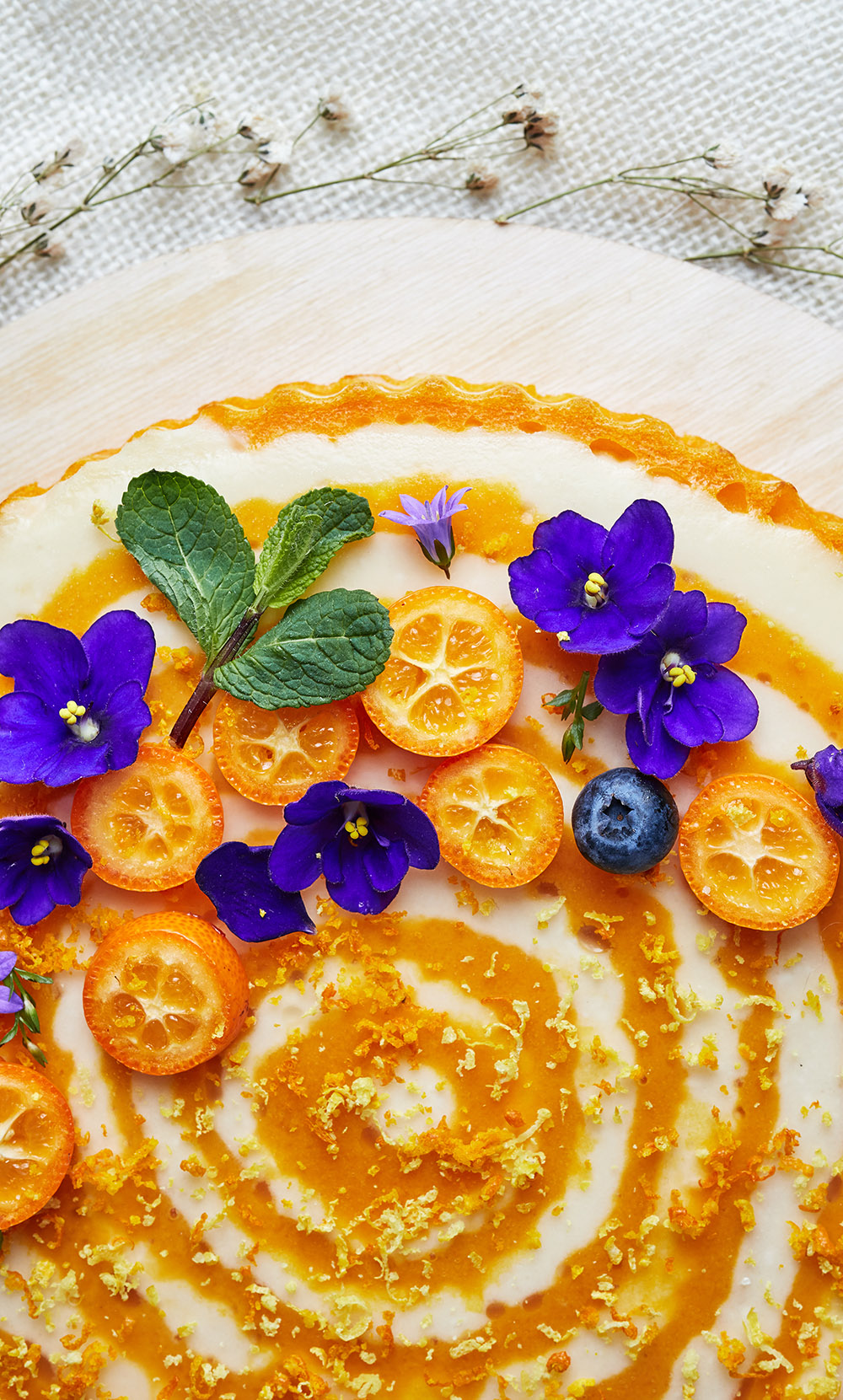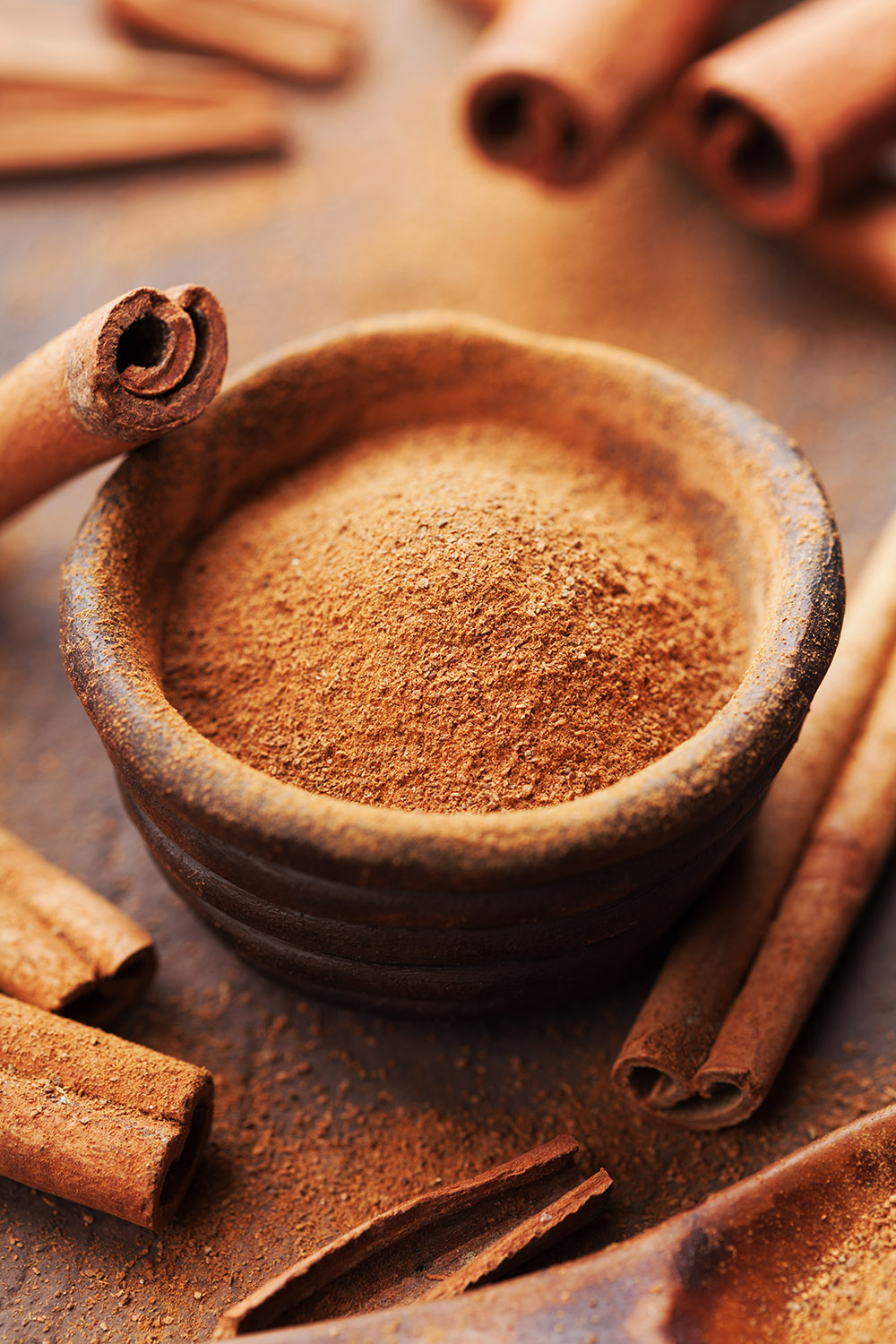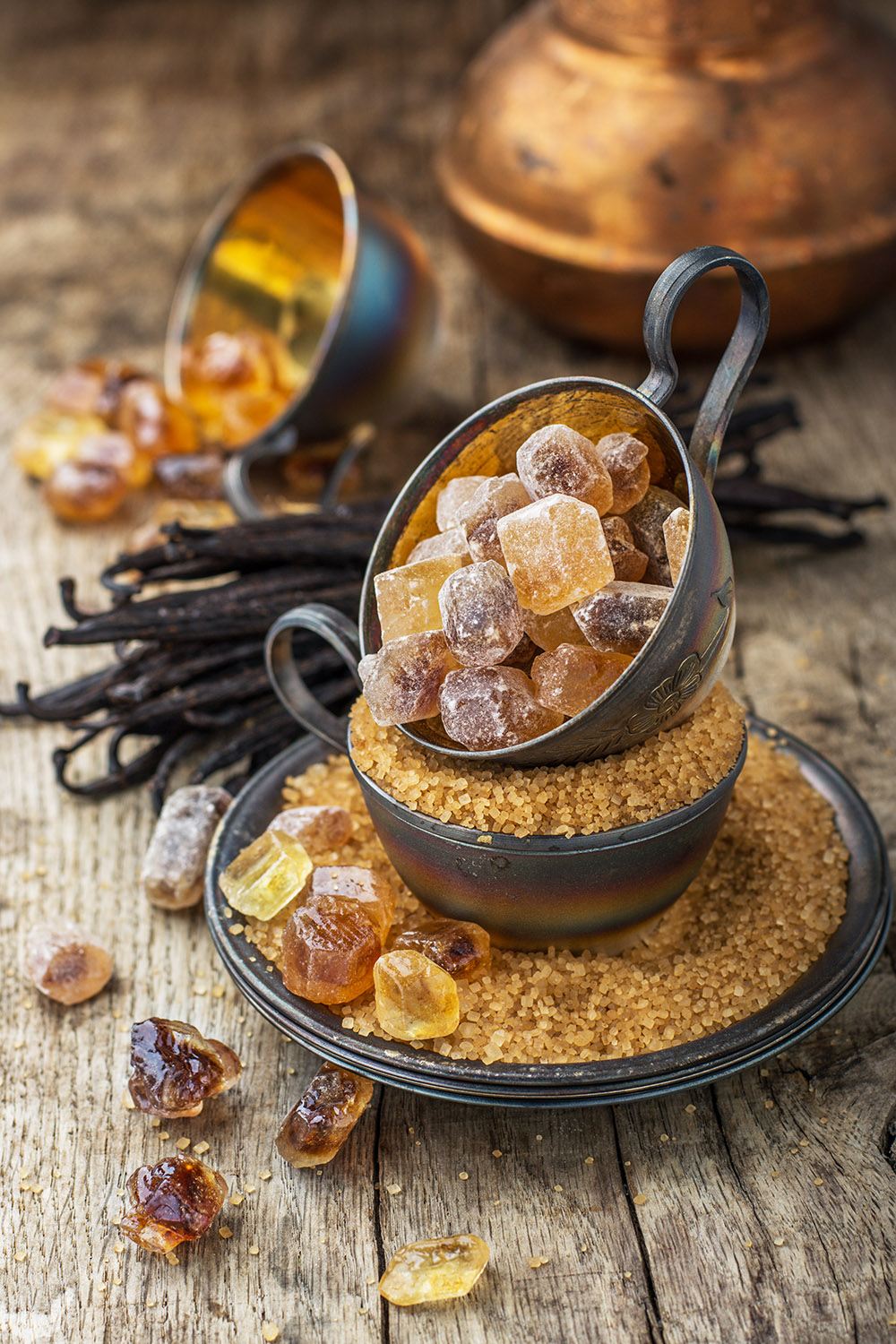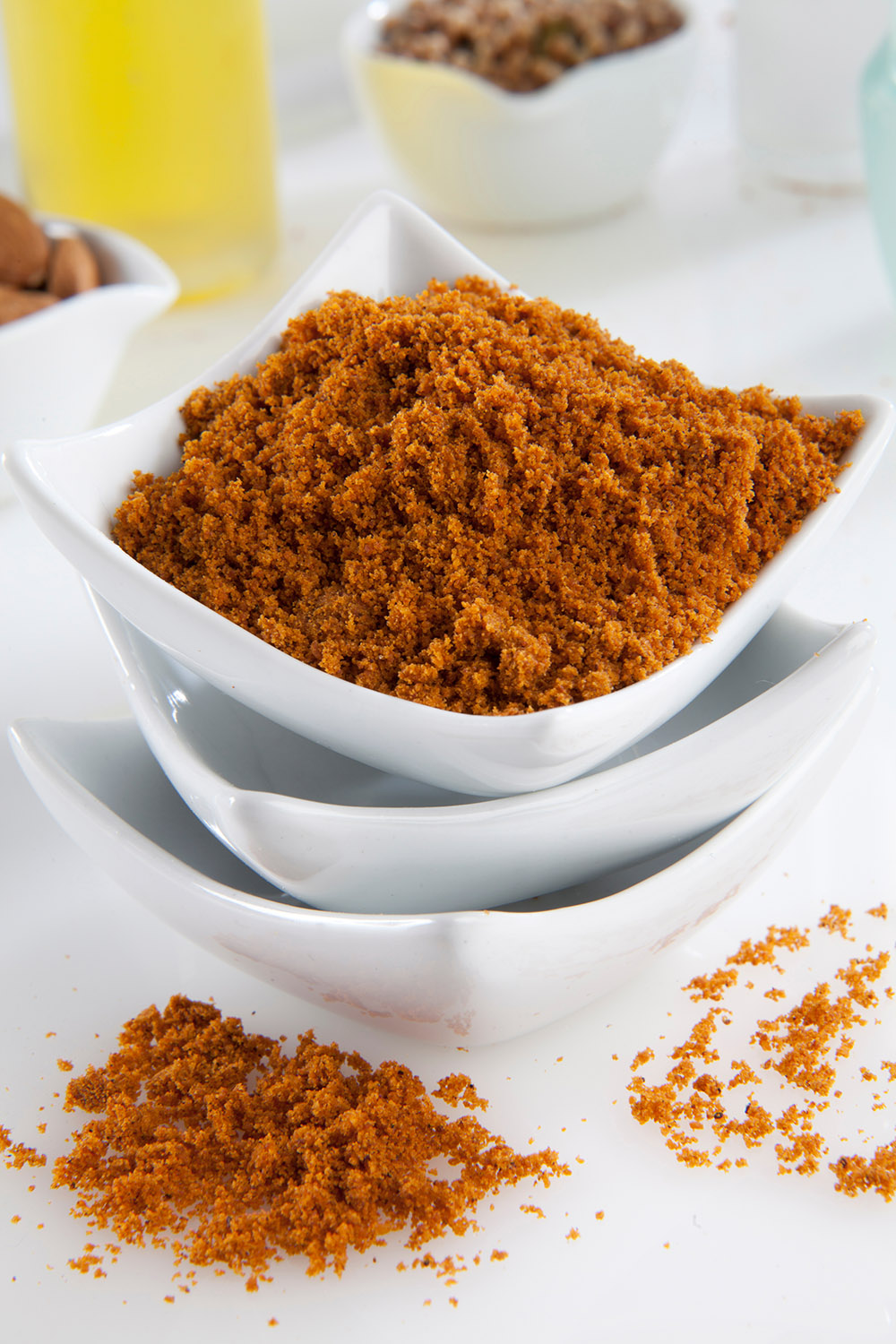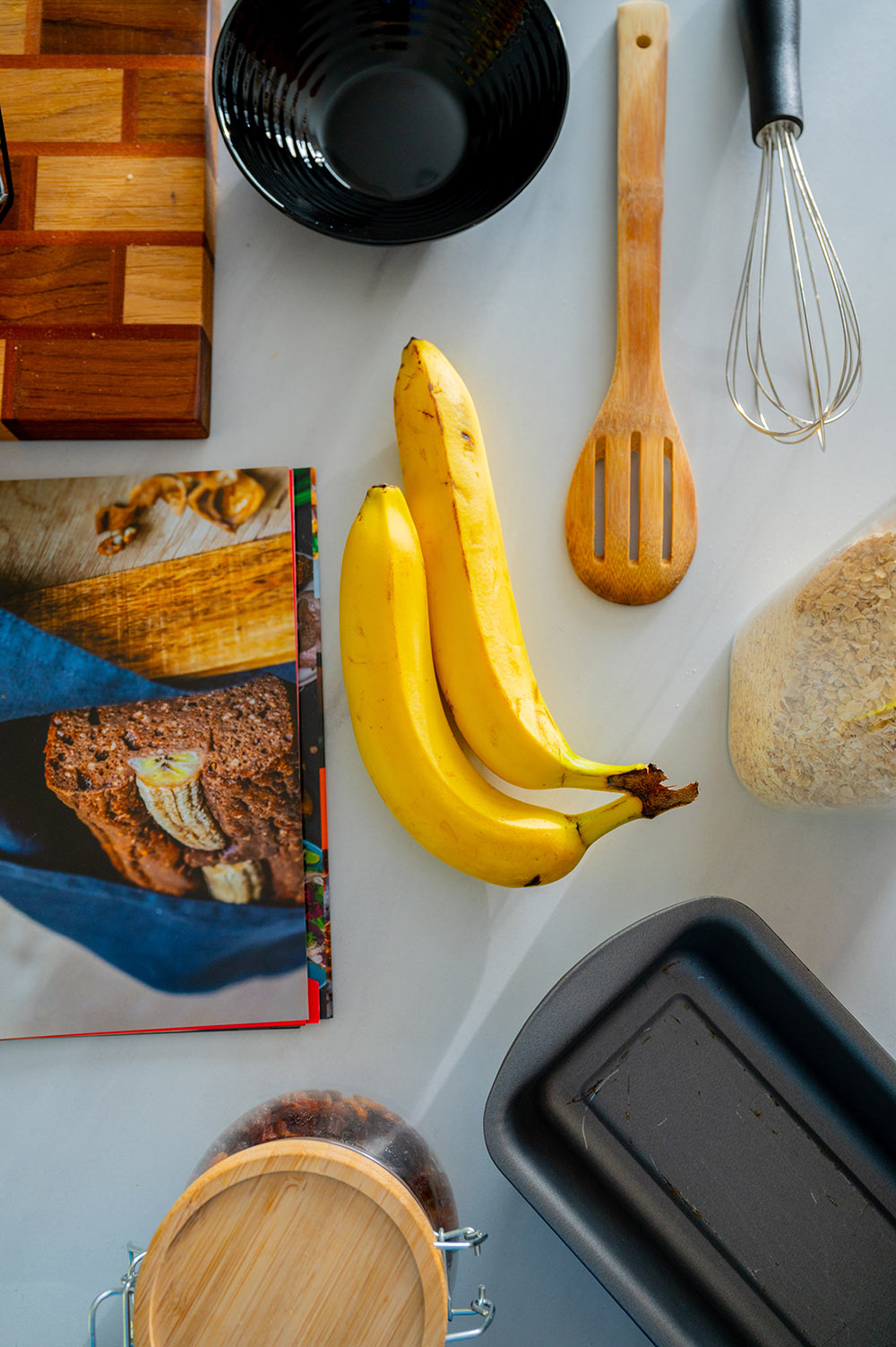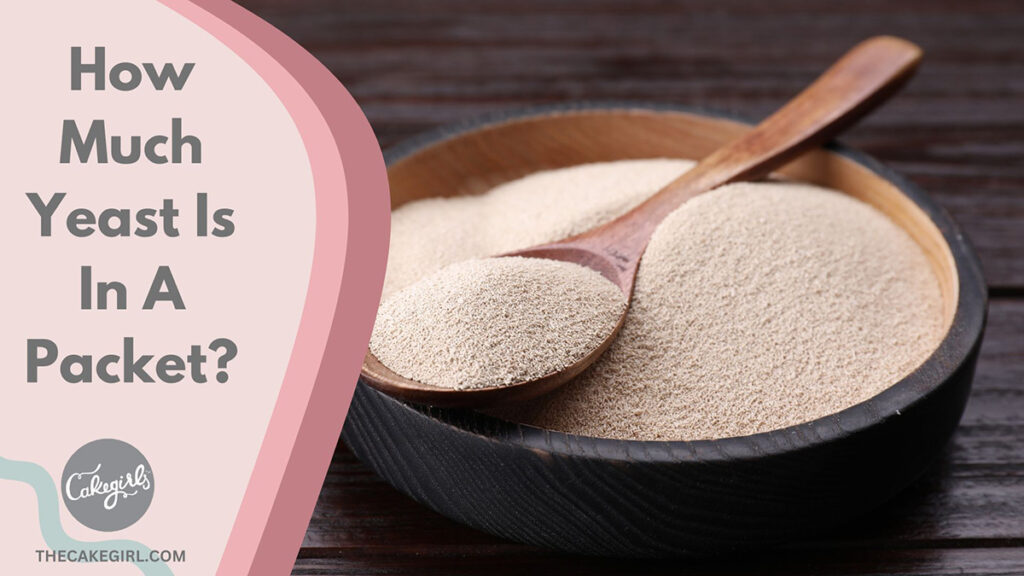
Tiny as it is, yeast remains the ultimate weapon for baking success. I cannot imagine how my delightful treats would have turned out without this trusty ingredient!
If you plan to stock up on yeast from the store for your baking adventures, learning about teaspoons of yeast in a packet is the key. With over a decade of hands-on experience working with different types of yeast, I’ve got plenty to spill; keep scrolling to learn more!
In This Article:
How Many Teaspoons In A Packet of Yeast?
Often, you will find active dry yeast and instant yeast conveniently bundled together in three individual packets per pack, each holding approximately 2 1/4 teaspoons or 1/4 ounce or 7 grams of yeast. Just pick them from the baking section of your local grocery store!
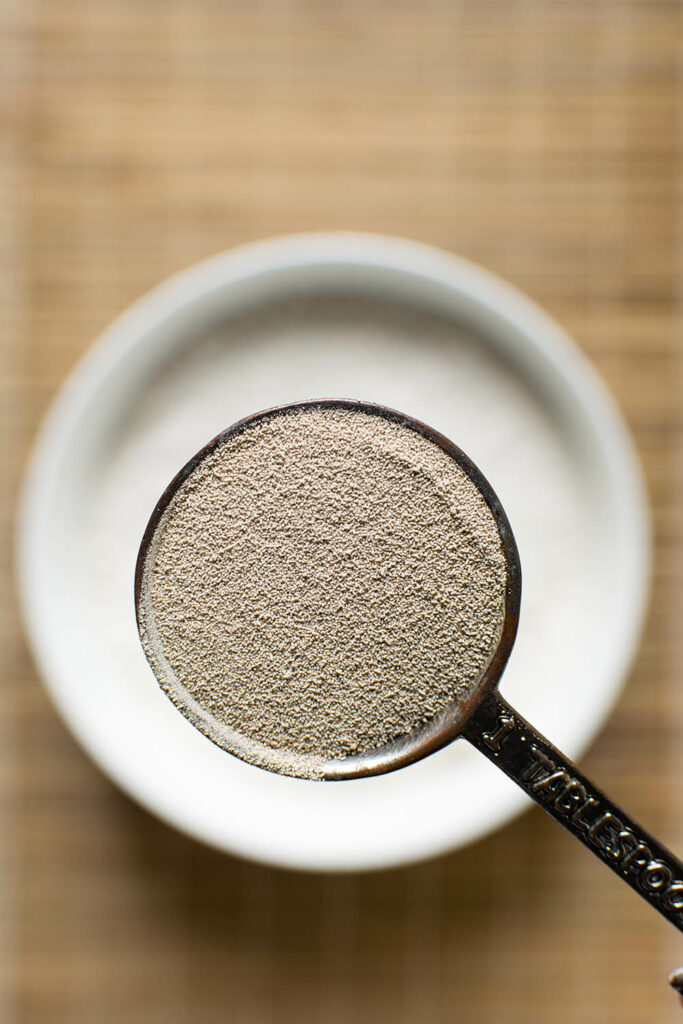
But hey, what if you live and breathe cakes? Then, I have some fantastic news: instead of these tiny packets of yeast, you can get your hands on much larger quantities packaged in bags or jars.
How Much Yeast Do You Need For Your Baking?
When diving into any recipe, I will scan every instruction to ensure the right yeast amount is added to my bread dough.
And here’s my hard-earned lesson: more doesn’t always mean better. After all, there’s science involved behind the yeast-to-flour ratio! So, it’s best to stick to the quantity recommended in the original recipe.
But let’s say you’re getting creative or whipping up a brand-new formula. If that’s the case, you must be very curious about the proper yeast amount for baking.
Well, from my experience, 1 packet of dry yeast (about 2 1/4 teaspoons) can work its magic for around 4 cups (about 544 grams of flour) – slightly more than 2 packets of fresh yeast or 3/4 packet of instant yeast.
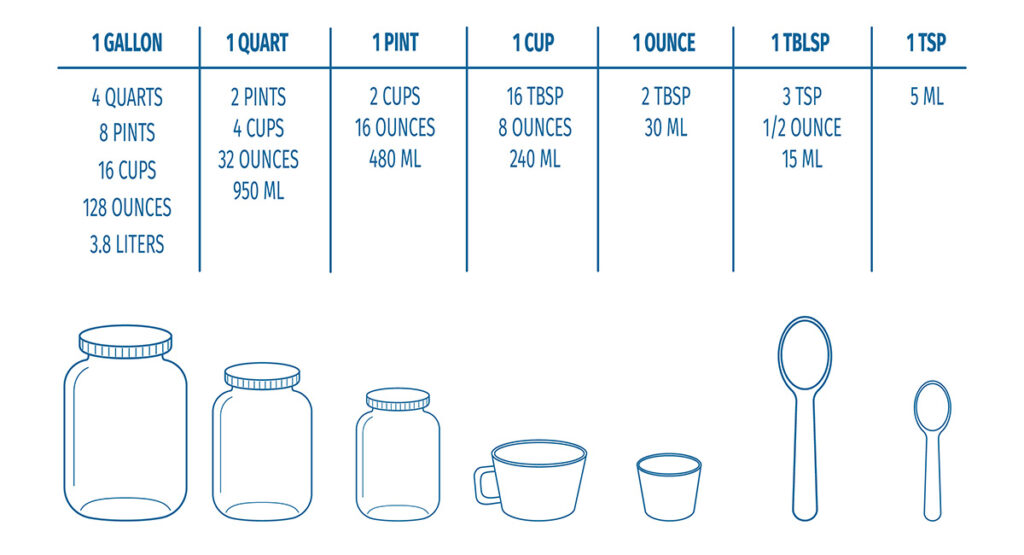
Of course, remember that the exact number also varies based on the specific recipe and the other ingredients you’re using, whether it’s a buttery French brioche, focaccia, bread, or babka.
How to Measure Your Yeast
When it comes to dry yeast measurement, there are a couple of ways to go:
Using The Packet Size
As I just said, each dry yeast packet contains roughly 2 1/4 teaspoons or 1/4 ounce.
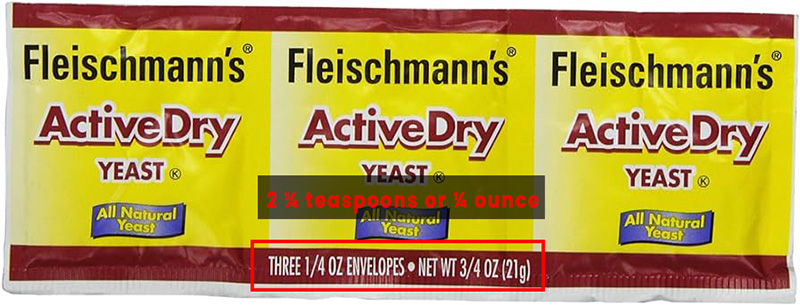
Depending on your baking recipe, you can simply decide on the yeast based on its packet size! Suppose a special vanilla cake formula calls for 3 standard yeast packets. All you have to do is plug exactly 3 packets off the shelf or add 6 3/4 teaspoons into the mix.
But how about those small batches that require less than one single packet? No problem; I will take one portion, for example, 1/3 based on visual inspection, then fold the yeast packet to store the remaining 2/3 in my refrigerator for future usage.
Sometimes, to check if your cake yeast is still in good condition, you might have to do a little experiment:
- Grab the packet, then dissolve its yeast in warm water/milk with a pinch of sugar.
- Give it 5-10 minutes; the water should look foamy now. If it still stays flat, well, it’s time you threw your dead yeast away!
Thankfully, for instant dry yeast or modern active yeast used before the expiry date, you can skip this step without a second thought.
Using Your Measuring Spoons
Measuring spoons can be your best friend in these situations; they make it twice as easy to get the right amount of yeast for your recipe! Take a look at my conversion chart here:
| Type of Yeast | Measurement | Quantity (grams) |
| Active Dry Yeast | 1 rounded teaspoon | 4 grams |
| Active Dry Yeast | 1 level teaspoon | 3 grams |
| Active Dry Yeast | 1 rounded tablespoon | 11 grams |
| Active Dry Yeast | 1 level tablespoon | 6 grams |
| Fresh Yeast | 1 tablespoon | 20 grams |
| Fresh Yeast | 1 teaspoon | 7 grams |
Bonus: Can You Substitute Other Types of Yeast In The Recipe?
After all the conversions, now you’re all set to bake. But whoops! The specific yeast type mentioned in your recipe is nowhere to be found. Can you swap it out for something else, then?
The good news is, yes. There’s always a way to keep your baking adventures going!
You can try different substitution formulas, depending on the kind of yeast switcheroo you plan to make. For instance, I usually substitute around 40% of the total weight in instant yeast or 50% in active dry yeast for the amount of fresh yeast the recipe requires.
Are you still confused? Okay, let’s say the recipe specifies 20 grams of fresh yeast. Substitute it with roughly 10 grams of active dry yeast (50%) or approximately 8 grams of instant yeast (40%).
But on another note, double-checking the package instructions is always a good idea, as they might provide more specific conversion guidelines for one particular recipe. Trust me, these instructions can be a lifesaver sometimes!
How to Store Your Yeast
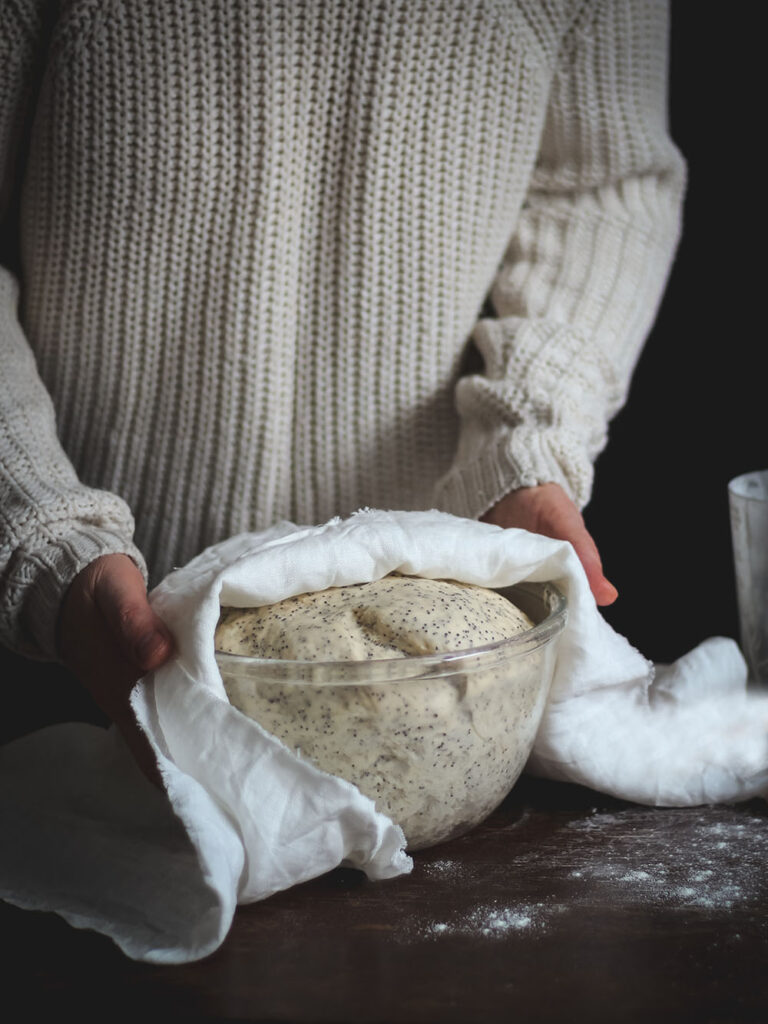
Once cracking open that yeast packet, you must want to keep it fresh for future baking games. Check out these three methods I often use to stash my yeast:
- Freezer: A freezer is definitely a magical hideout for your yeast, extending its shelf life like a baking wizard. Instant or active yeast stays good for about 6 months, while fresh yeast holds up for around 3 months. Remember to let it thaw before using it to leaven your bread!
- Pantry: You can keep your yeast chilling at room temp in its original packaging for up to 2 years. Ensure the packet is tightly sealed, and don’t forget to peek at its “best before” date. Oh, but once you crack it open, off to the fridge, it goes!
- Refrigerator: Fresh yeast hangs out in the fridge for about 2 weeks, while instant or active dry yeast rocks on for at least 4 months there.
Can You Substitute Other Ingredients for Yeast?
Totally; there’s no need to panic when you find yourself in a baking bind without yeast! Here are two trusty alternatives you can turn to:
Baking Powder
This baking buddy is armed with baking soda and a hint of acid (usually cream of tartar). This dynamic duo works its magic when it meets moisture, creating carbon dioxide to make baked delights rise.
Unfortunately, this ingredient might not give the same fantastic flavor and texture yeast does. I mostly use it for quick bread recipes, pancakes, and cookies only, not for those that crave a richer and more complex taste.
Baking Soda
As one of my favorite alkaline superheroes, it teams up with acidic sidekicks like buttermilk, yogurt, or honey to produce carbon dioxide and give my treats a heavenly lift.
But at the end of the day, baking soda doesn’t have the long-lasting power of yeast. Worse, there might be a slightly soapy taste if you go overboard!
Conclusion
Getting a grip on how much yeast is in 1 packet can truly level up your baking game.
I hope these tips have made your baking endeavors a tad easier. If you’ve got more questions or need further advice, don’t hesitate to reach out; I’m here to help you craft your homemade bread like a pro.
